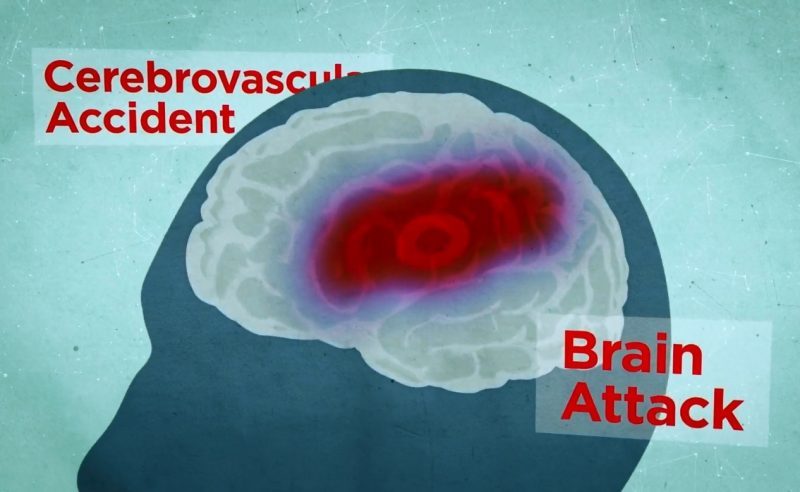Paquet M, Cerasuolo JO, Thorburn V, Fridman S, Alsubaie R, Lopes RD, Cipriano LE, Salamone P, Melling CWJ, Khan AR, Sedeño L, Fang J, Drangova M, Montero-Odasso M, Mandzia J, Khaw AV, Racosta JM, Paturel J, Samoilov L, Stirling D, Balint B, Jaremek V, Koschinsky ML, Boffa MB, Summers K, Ibañez A, Mrkobrada M, Saposnik G, Kimpinski K, Whitehead SN, Sposato LA. Pathophysiology and Risk of Atrial Fibrillation Detected after Ischemic Stroke (PARADISE): A Translational, Integrated, and Transdisciplinary Approach. J Stroke Cerebrovasc Dis. 2017 Nov 13. pii: S1052-3057(17)30522-0. doi: 10.1016/j.jstrokecerebrovasdis.2017.09.038
Abstract:
It has been hypothesized that ischemic stroke can cause atrial fibrillation. By elucidating the mechanisms of neurogenically mediated paroxysmal atrial fibrillation, novel therapeutic strategies could be developed to prevent atrial fibrillation occurrence and perpetuation after stroke. This could result in fewer recurrent strokes and deaths, a reduction or delay in dementia onset, and in the lessening of the functional, structural, and metabolic consequences of atrial fibrillation on the heart.


